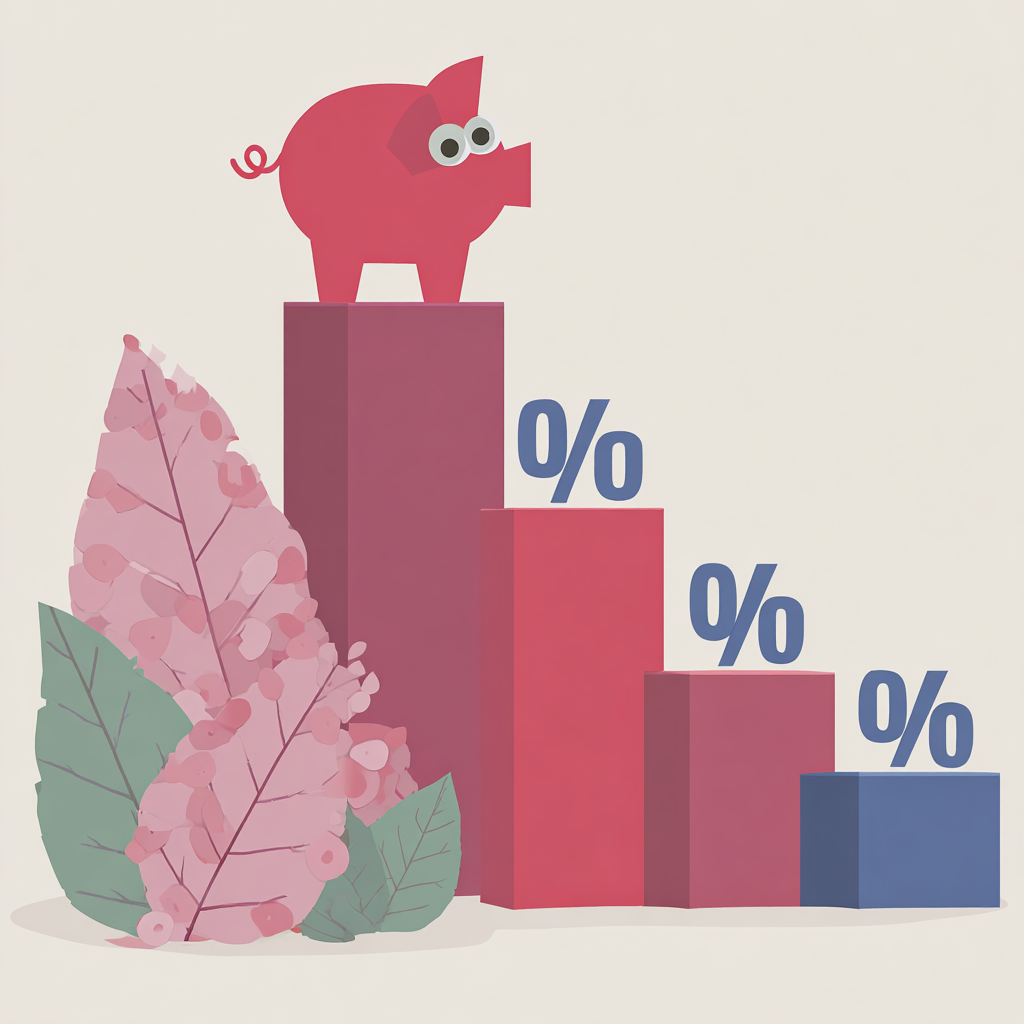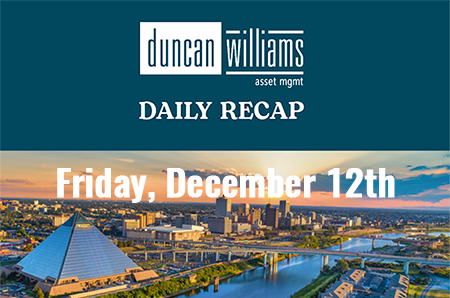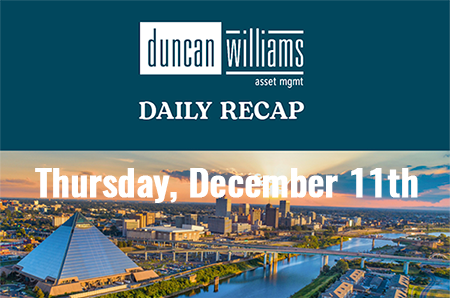When Interest Rates Move: Your 401(k) and Investments in the Real World

Think about planning a road trip, only to have the weather change on you—sometimes it’s bright and easy, other times it’s stormy and unpredictable. Changes in interest rates can create the same kind of ups and downs for anyone with a 401(k) or investments. Here’s how these changes play out in real life, and what they might mean for your own financial journey.
The Market Journey: From Calm to Volatility
When interest rates go up, you may see your 401(k) or investments react quickly. Maybe you’ve been enjoying some solid gains, but then you log in one day and see your balance drop. It’s natural to worry but remember—it’s not just happening to you. The whole market is feeling the impact.
Higher rates mean it costs more to borrow money. Companies might slow down their plans to grow or hire, and that can push stock prices lower, which is why your 401(k) might take a hit if it’s loaded with stocks. Bond funds often drop too, especially if they hold long-term bonds, because newer bonds will soon pay better interest.
But there’s a flip side. As rates rise, money market funds and new bonds in your 401(k) start to look more attractive. Over time, as old bonds finish up and new ones are added, the bond funds in your account can start paying you more. So, while it may sting at first, things often improve for people looking for steady income.
Staying the Course: What Savers Experience
It’s normal to feel anxious when you see your retirement savings drop during these times. Plenty of people wonder if they should make a big change—move everything to cash, jump on the newest hot fund, or just sit tight and hope things settle down.
But here’s what experienced investors have learned: just like bad weather doesn’t last forever, dips in your account usually pass. Over time, having a mix of stocks and bonds has helped people recover and see growth when rates settle down or drop. When rates fall, companies can borrow more easily, business picks up, stocks bounce back, and your 401(k) can grow again.
Real-Life Choices: More Than Just Numbers
If you’re close to retirement, higher rates can make savings accounts and CDs pay more, so playing it safe can feel a little more rewarding. Of course, inflation often shows up at the same time, which can eat into those gains. That’s why it usually pays to have a balanced mix—some stocks to grow, some bonds to keep things steady, and some cash for when you need it.
The story of interest rates is really about patience, perspective, and sticking to your plan. If you’re putting money into your 401(k) regularly, the dips let you buy more shares at lower prices—which is a nice bonus when the market eventually recovers.
What Should You Do?
- Review your 401(k) holdings but avoid knee-jerk reactions.
- Diversify: Having a mix of stocks, bonds, and cash can help you get through all kinds of markets.
- If you’re not sure how much risk is right for you, talk to a financial advisor.
- Remember, it’s not about trying to perfectly time the market, but about giving your money time to grow in the market.
In Summary
Interest rate changes can make things feel unpredictable, but if you stick with a steady, well-diversified long-term plan, you usually come out ahead. What you see today is just one moment in your bigger financial story.
Disclaimer:
This article is for informational purposes only and does not constitute investment advice or an offer to buy or sell securities. Before making any investment decisions, please consult with a qualified financial advisor who can consider your individual circumstances, risk tolerance, and financial goals.
Sources:
https://www.investopedia.com/articles/stocks/09/how-interest-rates-affect-markets.asp
https://www.usbank.com/financialiq/invest-your-money/investment-strategies/how-do-interest-rates-affect-investments.html
https://investor.vanguard.com/investor-resources-education/article/how-to-navigate-rising-interest-rates
https://www.fbfs.com/learning-center/how-interest-rate-hikes-impact-your-retirement-accounts
https://www.investopedia.com/articles/personal-finance/080315/how-higher-interest-rates-impact-your-401k.asp
https://slavic401k.com/how-interest-rates-affect-your-retirement-savings/
https://www.quiverfinancial.com/blog/how-interest-rates-affect-your-401k/












